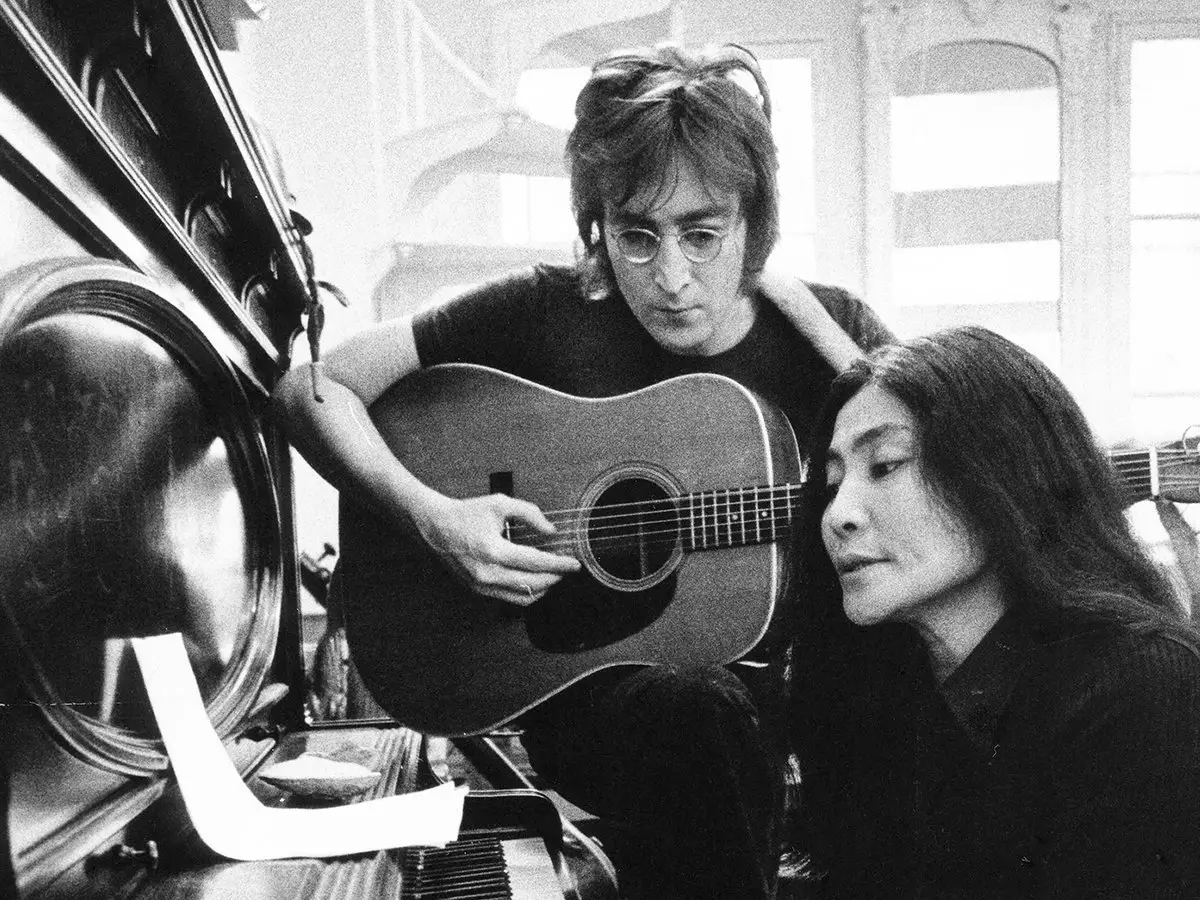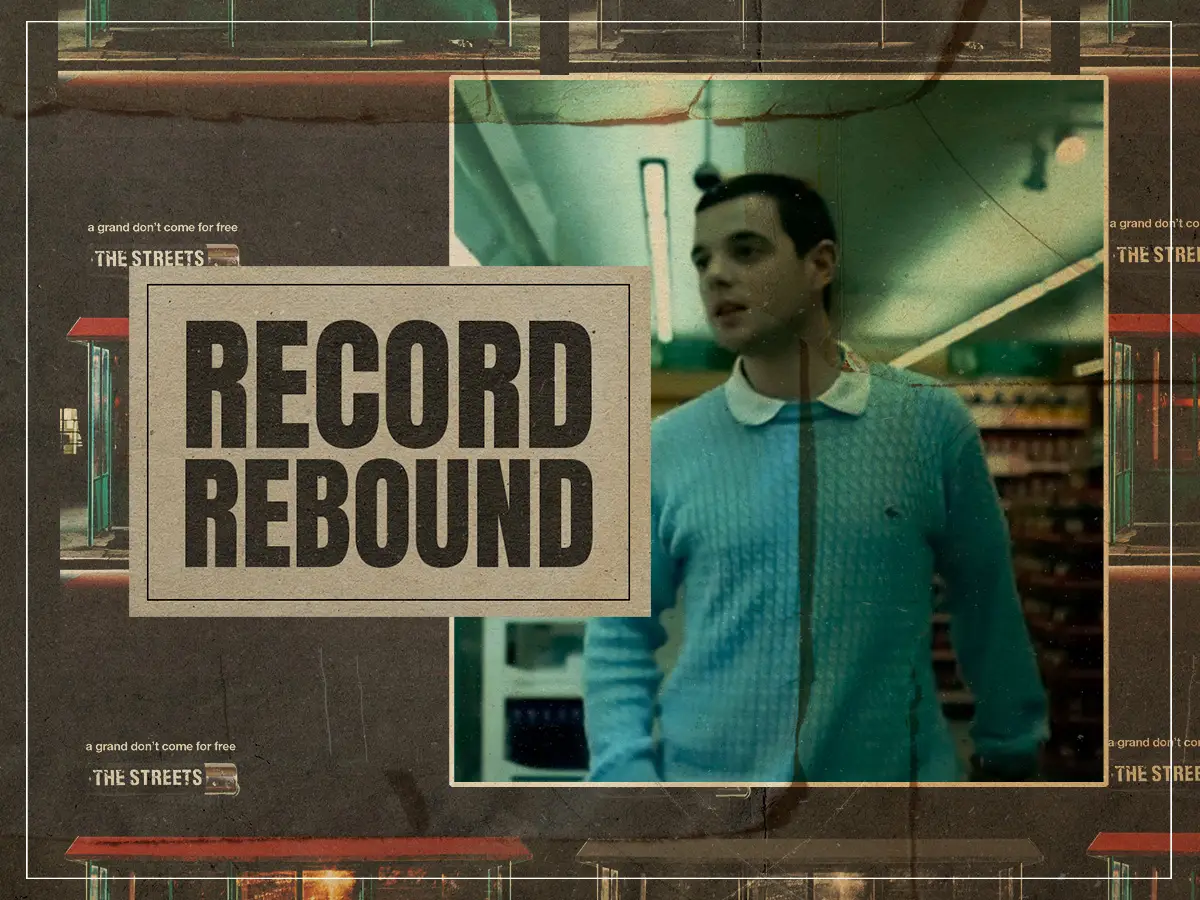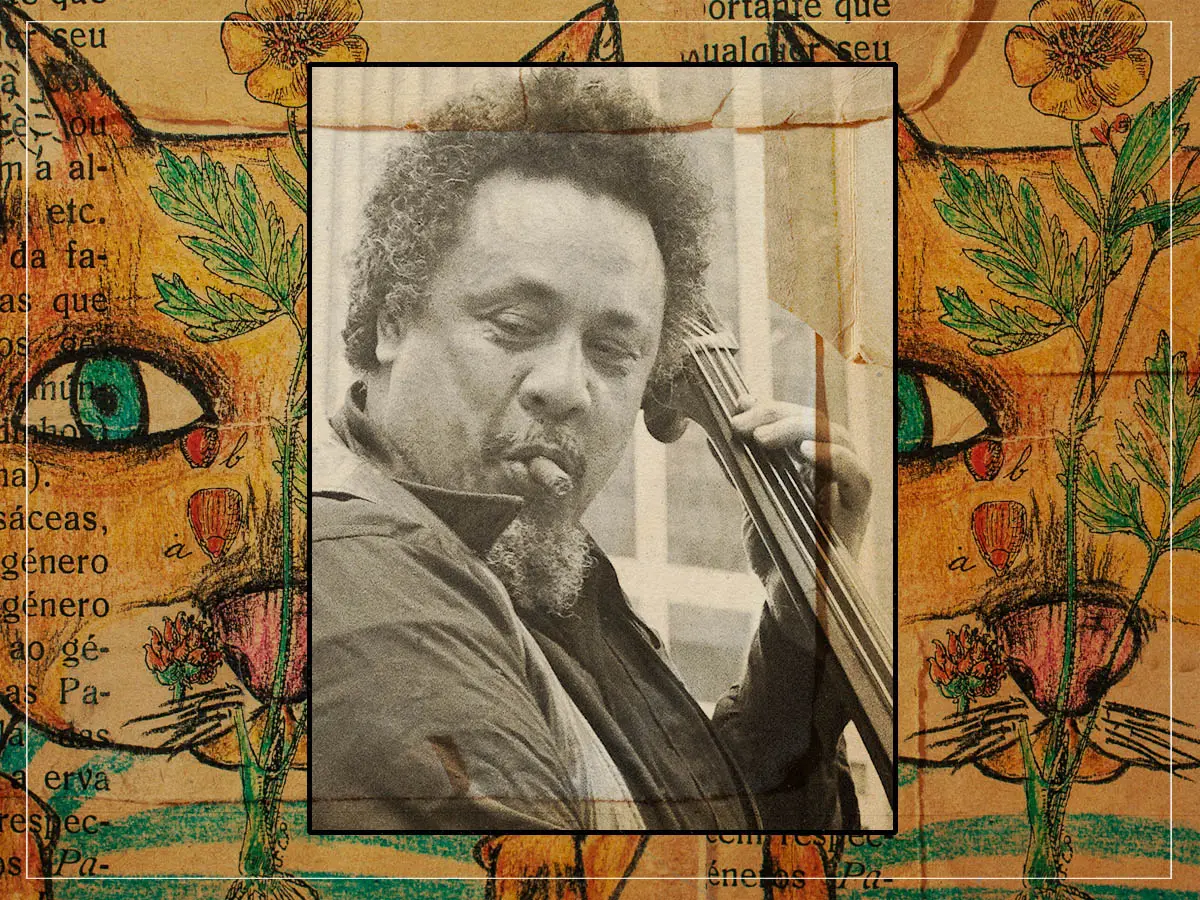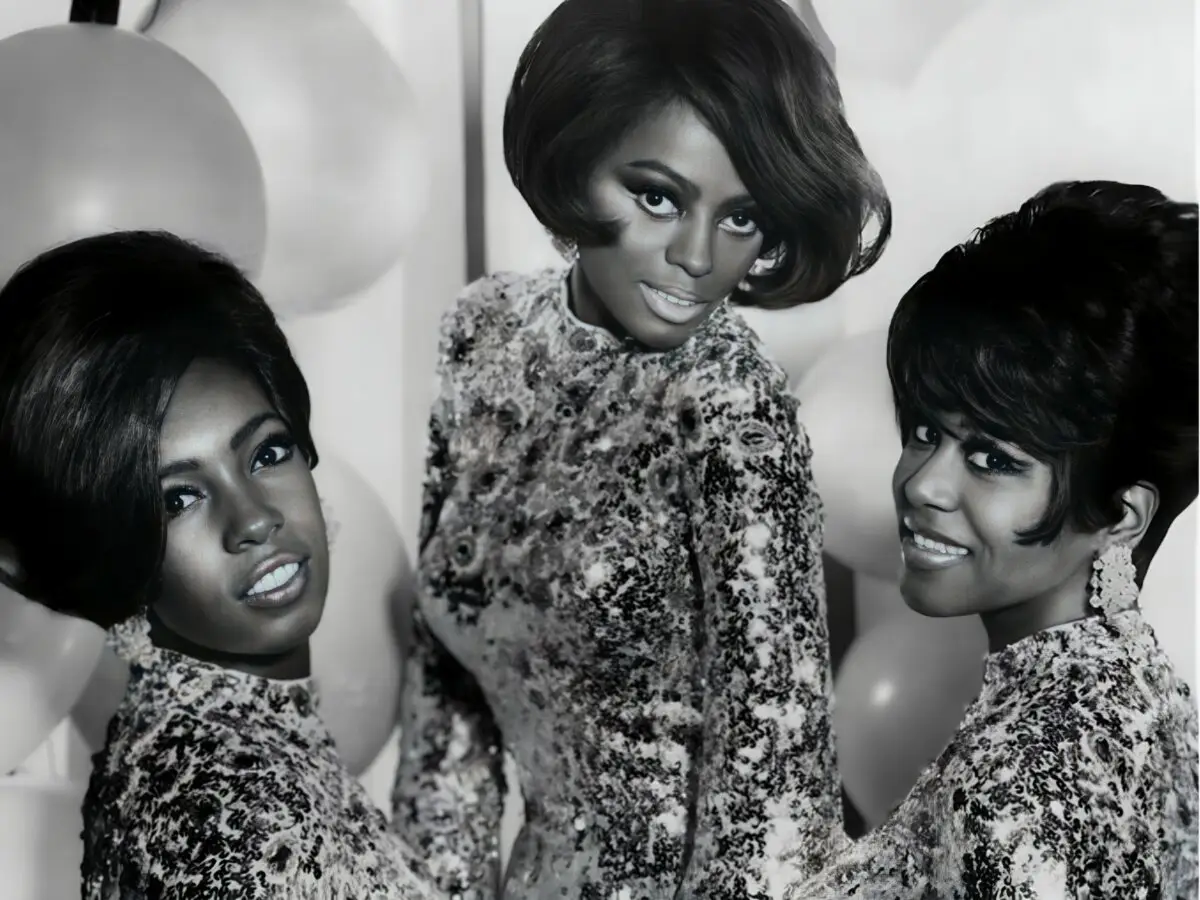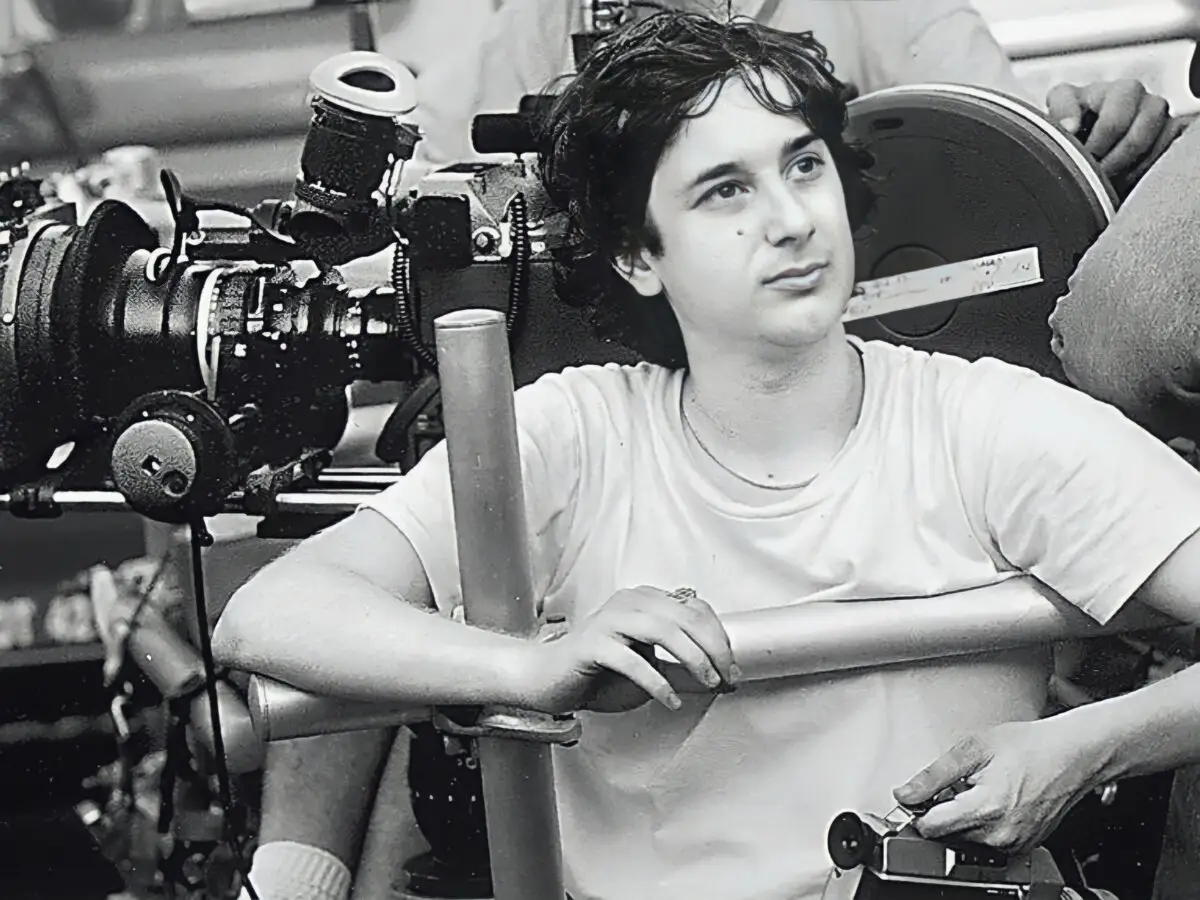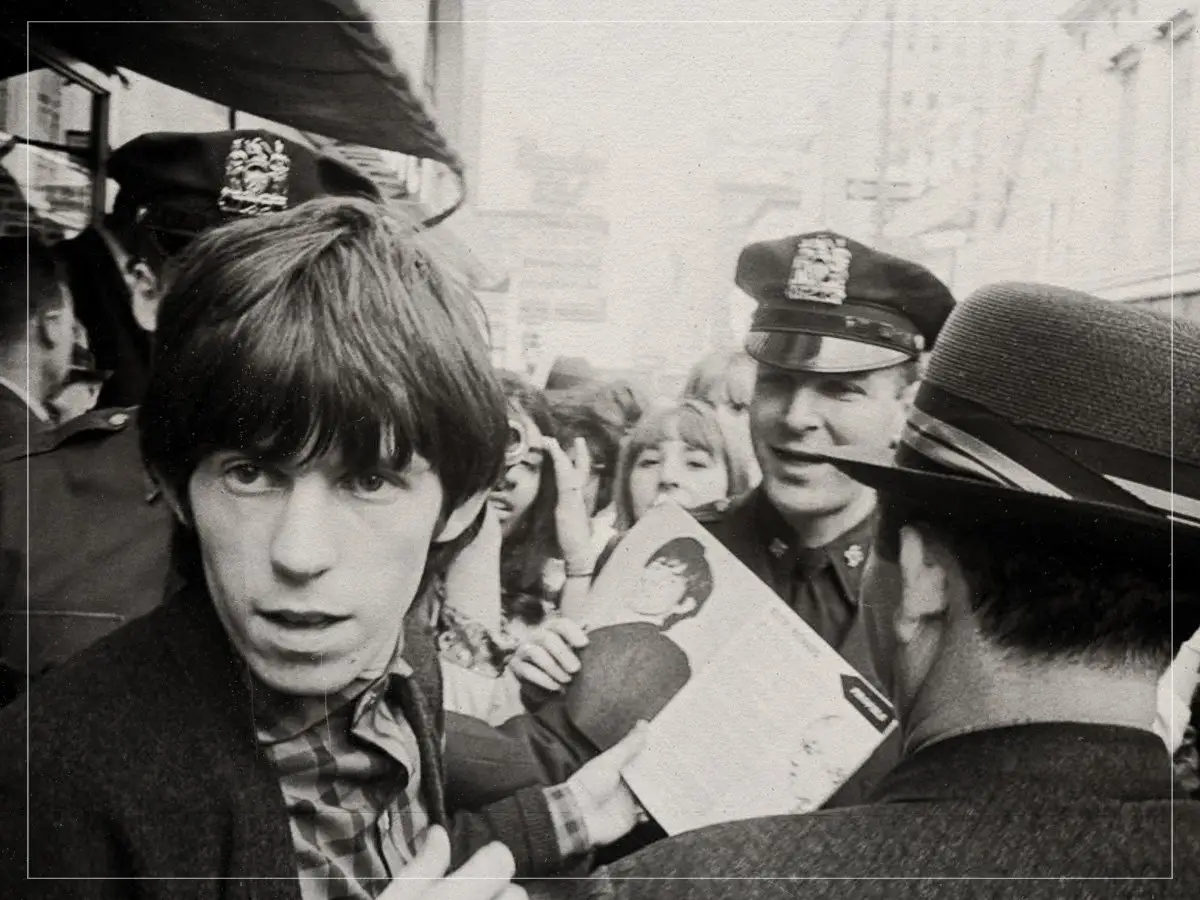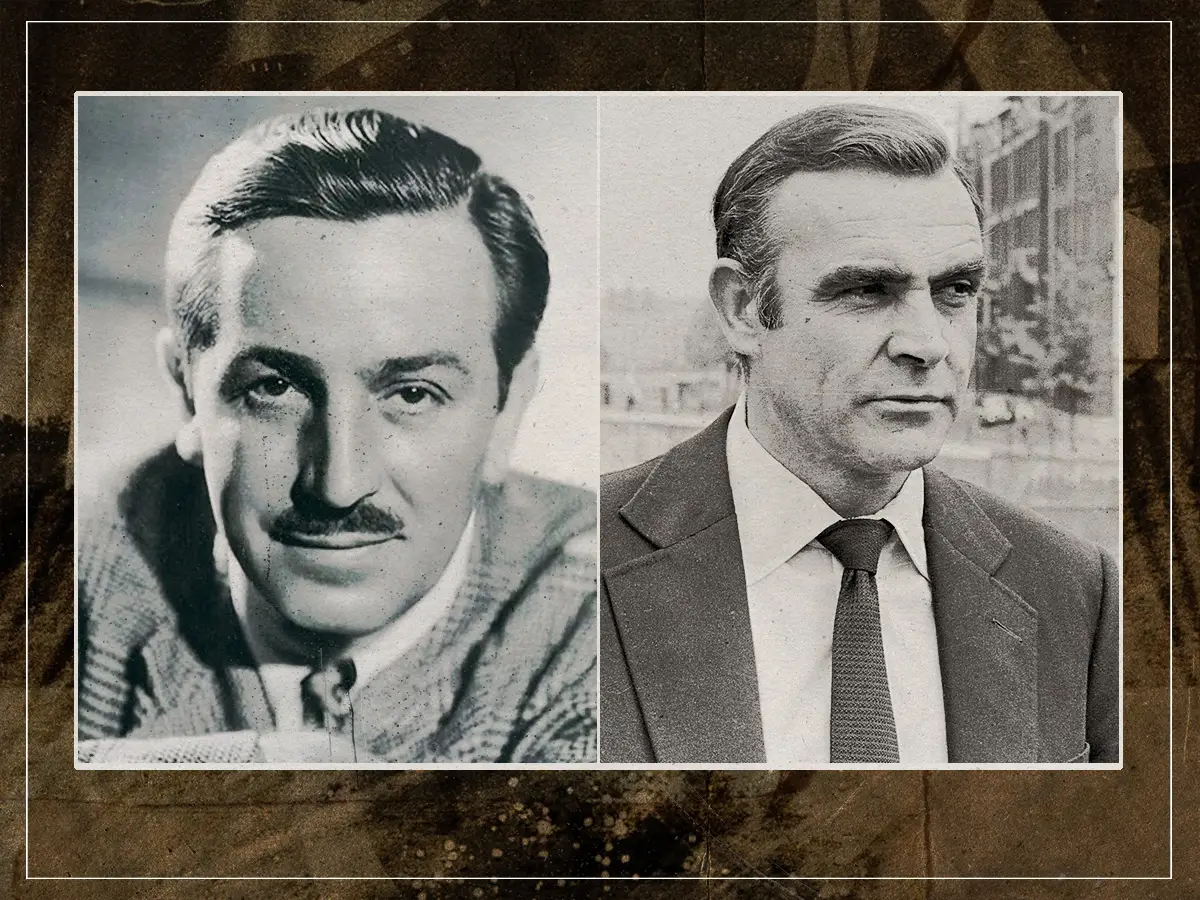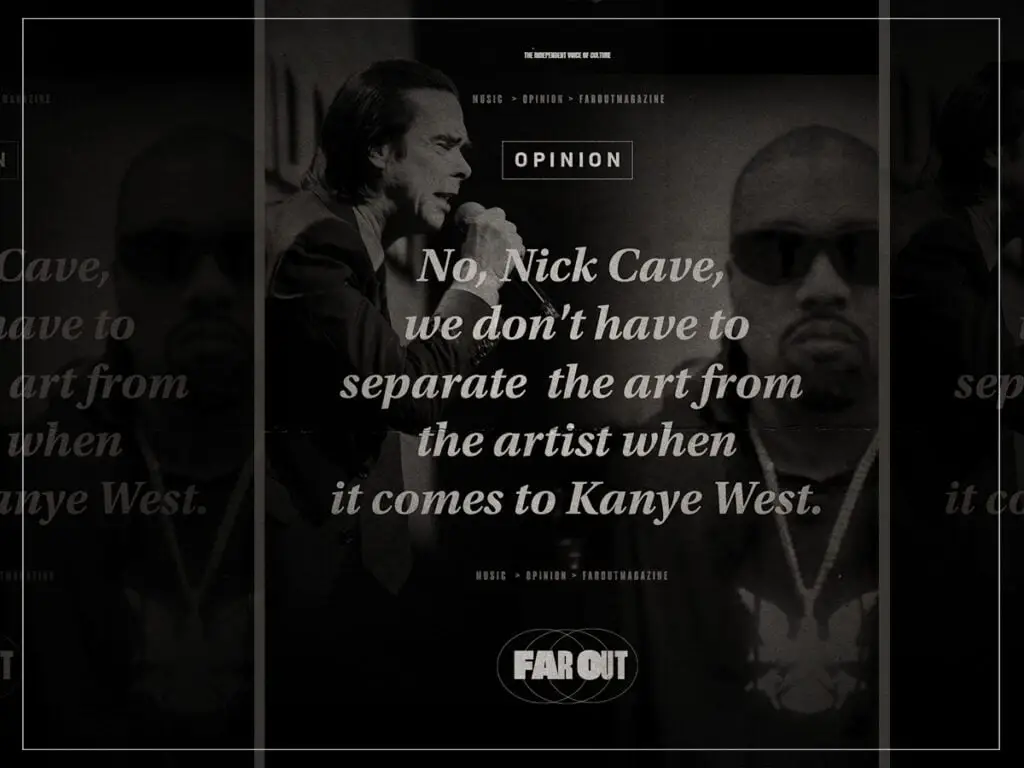Hombres jóvenes enojados, Michael Caine, y la aparición de historias de clase trabajadora en el cine británico
For many years, the lives of working-class British people were invisible on screen. Not only that, but actors from working-class backgrounds were hard to come by, thus meaning that a large chunk of Britain’s screen icons were privately educated or well-connected figures. This imbalance within the industry prevented authentic stories from being told, silencing the voices and experiences of a massive group of the British population.
Posh actors dominated the screens with their received pronunciation accents that asserted them as well-educated figures. The working-class person always had to have an accent before, was often a joker, and peripheral, actor Rita Tushingham told Lo independiente. Indeed, there were hardly any working-class protagonists or stories about the plight of poverty, unemployment, governmental disillusionment, or abortion.
Luego, en la década de 1950, el movimiento de Hombres jóvenes enojados surgió dentro del mundo de la literatura, el teatro y el cine, cambiando todo. Después de la guerra, una nueva generación de jóvenes se sentía consternada por los niveles generalizados de desempleo y trabajos sin salida que obligaron a las personas a trabajar hasta el hueso por poco dinero. Muchas personas no pudieron pagar lugares agradables para vivir, y innumerables personas sufrían de TEPT, dolor y una sensación de malestar.
kristi branim fox
Los pueblos y ciudades de la infancia de las personas ahora fueron destruidos por bombas, dejando lo que alguna vez fue una comunidad en ruinas, y esta representación física de destrucción y vacío reflejó las emociones que muchos sentían en ese momento. Esta desilusión llegó a un punto de ebullición a mediados de la década de 1950, ya que las personas lucharon por avanzar y prosperar en un país aún asombrado por los efectos de la guerra y la disparidad económica.
Sin embargo, con el juego de John Osborne Mira hacia atrás con ira , una voz finalmente cortó. Michael Caine una vez discutió la obra con El guardián , explaining: When it changed, it was all down to the writers. They started writing for working-class people and it made all the difference. Playwrights like Noël Coward, someone I later knew very well, wrote middle-class parts for the stage. If you had a cockney accent you were going to play the butler. But John Osborne wrote Look Back in Anger in 1956, and that, I believe, was the first major piece of theatre that had a working-class hero.
Things were beginning to change, with the stories of working-class people making more of a dent in popular culture than ever before. Other writers that were dubbed part of the ‘angry young men’ movement (although most hated this term) included Kingsley Amis, Alan Sillitoe, and John Braine, whose stories really changed the game in regards to the representation of normal British people and their struggles.
At the same time, the Free Cinema documentary movement helped to pave the way for depictions of British working-class issues on screen. These filmmakers—including Lindsay Anderson, Tony Richardson, and Karel Reisz—used a verdad del cine style to cheaply chronicle elements of working-class life to great success.
skylar staten randall
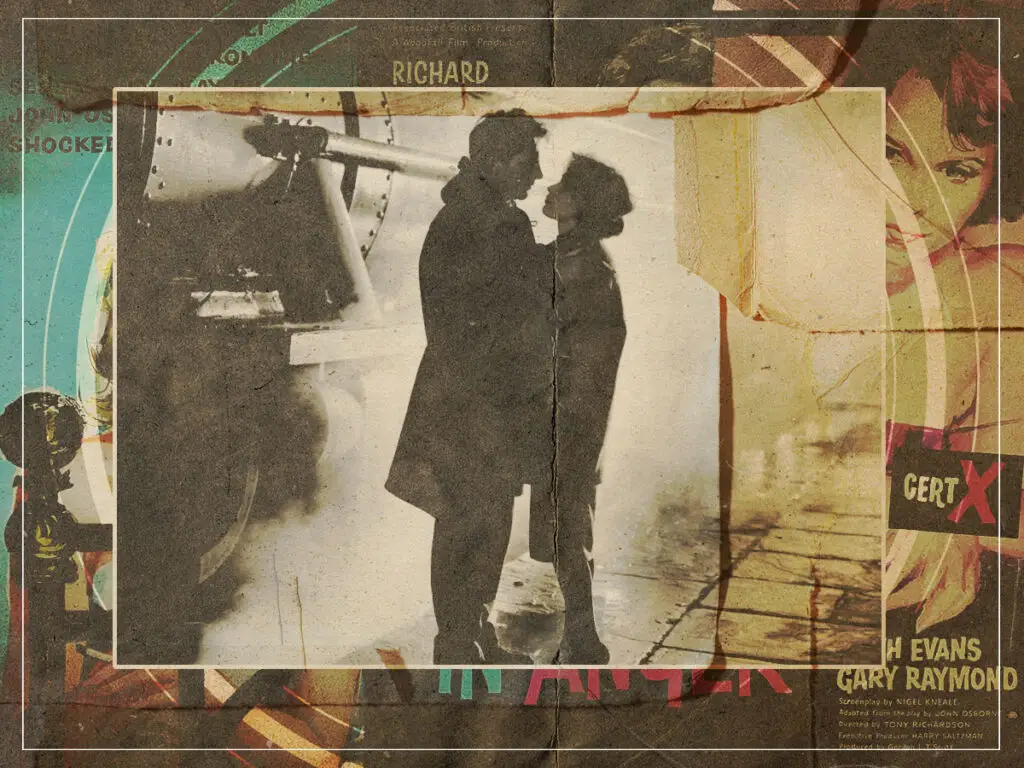
Mira hacia atrás con ira (Credits: Far Out / BFI)
En 1959, Mira hacia atrás con ira se convirtió en una película dirigida por Richardson, quien se asoció con Osborne para formar Woodfall, una compañía de producción responsable de muchos de los dramas de fregadero de la cocina que posteriormente surgieron de las obras e historias de hombres jóvenes enojados. El movimiento se expandió en el teatro, la filosofía, las novelas y el cine, pero este último fue quizás la forma más accesible para que estas historias se transmitieran a las masas.
Siguiente Mira hacia atrás con ira , películas como Jack Clayton's Habitación en la parte superior , Reis's Sábado por la noche y el domingo por la mañana , y Richardson's El artista emerged as cinematic versions of works by the likes of Osborne, Sillitoe, and Braine. Putting the experiences of working-class men on the map, these films explored themes such as employment, romance, and friendships through a class-centric lens, typically questioning authority and depicting squalid living conditions and workplaces.
Quizás se pregunte qué estaba sucediendo en términos de working-class female representation - Algo que era menos común en el género del fregadero de la cocina en comparación con el número de películas con protagonistas masculinos. Un sabor de miel , a play by Shelagh Delaney that was turned into a film by Richardson in 1961, was the most prominent movie from the period to take women’s struggles into consideration. The movie, starring the working-class Tushingham, explored abortion, interracial relationships, and homosexuality among its depiction of class, and it remains one of the most influential stories from the era.
Como resultado, varias otras películas comenzaron a surgir con protagonistas femeninas, como la de Ken Loach Pobre vaca (Basado en una historia de Nell Dunn) y Cathy vuelve a casa , Silvio Narizzano's Georgy Girl , y Bryan Forbes La habitación en forma de L. Gradually, the depiction of both men and women of working-class backgrounds became more common on screen, creating a breakthrough moment for budding actors who weren’t from posh lineages to consider their chances in the industry.
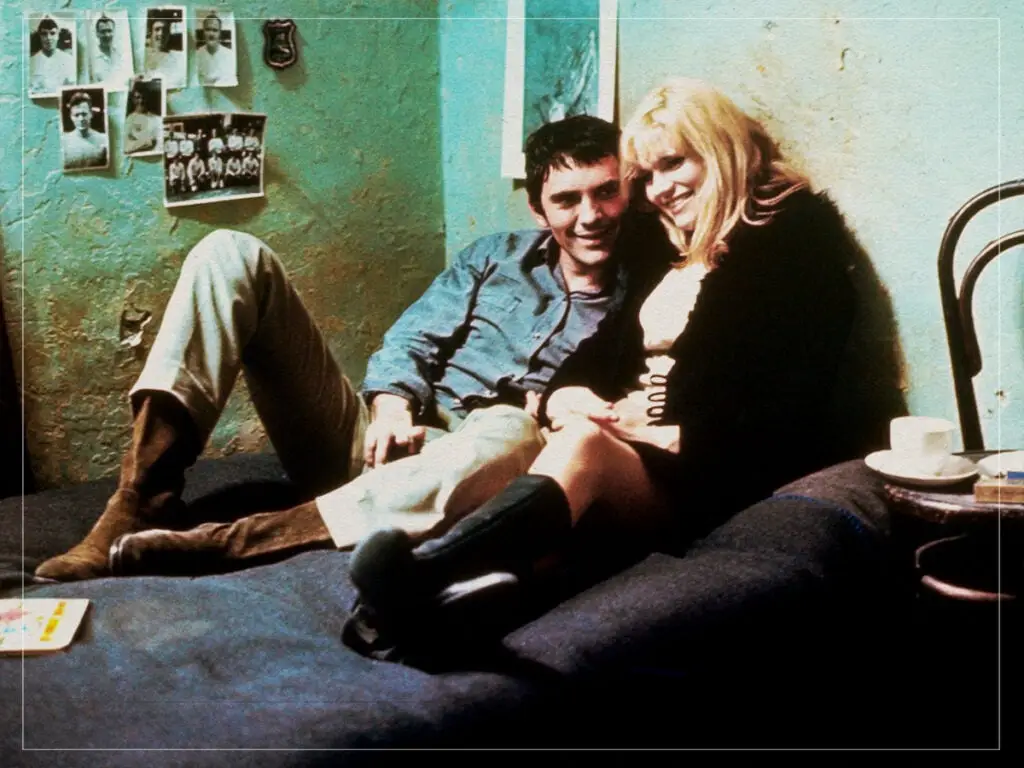
Pobre vaca (Credits: Far Out / Anglo-Amalgamated)
Por lo tanto, a la gente como Caine, inspirada en medios como Mira hacia atrás con ira , realised the importance of keeping their ‘working-class accents’ as a symbol of pride. Caine decided to be an actor because I thought it would be a lot better than working in a factory, he told El guardián , comenzando como asistente de gerente de escena en Horsham. Desde aquí, pudo construir su carrera como actor, y finalmente consiguió un papel principal en la película de 1966 Alfie , un drama de comedia de fregadero de cocina que siguió al protagonista de Caine Cockney a través de una serie de asuntos románticos y problemas personales.
elizabeth keuchler
Caine’s career in the ‘60s saw him star in American and British movies, but he never shied away from the fact he was a working-class actor without familial or monetary connections to the film industry. With the rise of the kitchen sink drama in British cinema allowing working-class people to be taken more seriously, the decade allowed for a more diverse mix of people from different class backgrounds to succeed.
Of course, this phenomenon has fluctuated over the years, and it seems as though most British stars are still those from rich backgrounds. Yet, thanks to the angry young men movement, which led to an array of powerful kitchen sink dramas about both men and women, British cinema has become known for its gritty tales of working-class life, which lives on through filmmakers working today, like Loach, Mike Leigh, Andrea Arnold, Shane Meadows, Charlotte Regan, and Luna Carmoon .
Si bien las películas de la era del fregadero de la cocina no son todas sin culpa, con la mayoría de ellas representando un retrato abrumadoramente blanco del país, fueron campos vitales hacia historias más diversas dentro del cine británico. Las personas se inspiraron para convertirse en actores y autores debido a estas películas, que ofrecían una visión realista y necesaria de una Gran Bretaña que cambia rápidamente, y su legado e influencia no pueden equivocarse.





